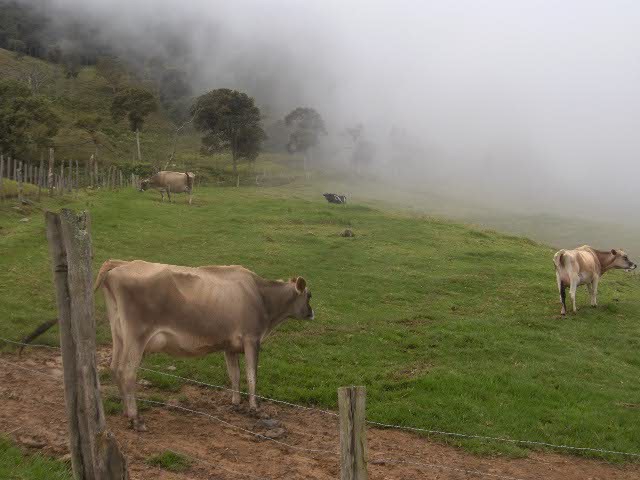In agriculture one of the important aspects is the climate because we refer to natural spaces, logically throughout each nation there are agroecological zones with different conditions and each agricultural producer must know the climatic conditions present in the geographical area where the crops are established. In that sense, it is relevant to mention that there are factors that condition the climate of a region and that can vary from one place to another, and their interaction determines the specific climatic characteristics of each place.

According to the aforementioned, we will describe some of the geographical factors that determine the climatic conditions of a region, according to what was reported by Martín (1995):
- Latitude: defined as the angular distance between any point on earth and the line dividing it in the middle the equator, latitude influences the amount of solar radiation a region receives. Areas near the equator receive more solar radiation and have warmer climates, while areas near the poles receive less solar radiation and have colder climates.
- Altitude: It is the vertical distance between any given point on earth in relation to sea level, altitude influences temperature and atmospheric pressure, at higher altitude, temperature and pressure decrease, which can lead to colder and drier climates.
- Relief: Relief, such as mountains and valleys, can modify wind and precipitation patterns. mountains can generate rain shadow, where the side of the mountain facing the wind receives more precipitation and the opposite side receives less.
- Sea currents: Sea currents carry warm or cold water, which influences the temperature of coastal regions.

On the other hand, as for the atmospheric factors, we can mention the winds that carry air masses with different temperature and humidity characteristics, which influences the climate of the regions they cross, precipitation either, in the form of rain, snow or hail, is a fundamental factor of the climate, the amount and distribution of precipitation vary according to the region and the time of year. Also mentioned are the astronomical factors related to the rotation movement of the Earth that gives rise to the succession of days and nights, which influences the temperature and translational movement of the Earth around the Sun and the inclination of the Earth's axis that give rise to the seasons of the year, which are characterized by different conditions of temperature and sunlight.
We also think that one of the factors that condition the climate of a region are human activities such as deforestation, urbanization and the emission of greenhouse gases, which can modify the climate on a local and global scale. It is important to keep in mind that these factors interact with each other and that the climate of a region is the result of this complex interaction, in addition, the climate is not static, but can vary over time due to natural changes or the influence of human activities.
Dear readers, knowing about these factors can allow producers to make excellent decisions regarding crop management, for a crop to express its maximum potential it must be adapted to these factors, of the aforementioned human factors can be controlled by implementing agroecological strategies that allow more sustainable agroecosystems to be established.
Thank you for reading our articles, until a next publication.
| Bibliographic references |
|---|
- Martín, J. (1995). Studies of nature. Salesian. Miranda: Venezuela.
Sources
- Photography and images: All photographs are the property of the author @amestyj.
- Agrotecnia banner: made by the author @amestyj with own images
- Hive Banner: Designed by the author @amestyj with image owned by hive.


